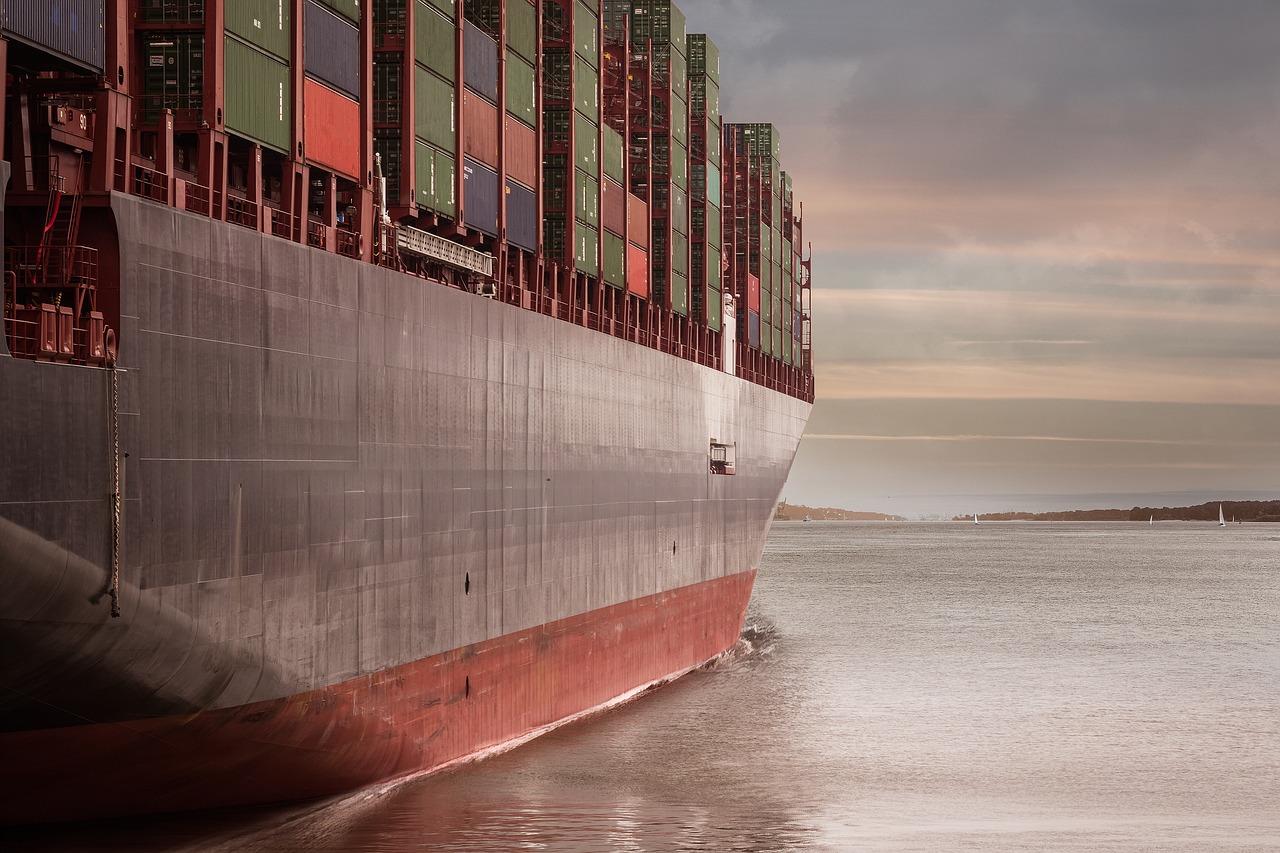Driverless Boats Will Transform Life on Sea and Land

Automation has become one of the hallmarks of discussions about the future of how people and goods move about. Autonomous cars have racked up millions of miles on America’s roads. Amazon’s warehouses are full of robots toting bins of online orders. Yet, while advances in these fields have become normal conversations among forward-looking policy types, all modes are not considered with equal gravity.
Lost in the talk about autonomous cars and trucks are discussions of the impact of advances in automation on the high seas. In coming years, the world’s first autonomous boats will leave their dry docks to begin testing these technologies for the first time. Rolls-Royce, the leader of the fledgling autonomous-shipping industry, recently granted an interview to World Maritime News that shed new light on the prospects of what shippers and consumers can expect as the industry hits the waves.
In general, automation could cut shipping costs in the long run. Smaller ships, where labor costs are spread across fewer units of cargo, could see savings of 10-20 percent. This could translate into lower goods prices and greater returns to shipping between smaller ports that would require huge investments to support the megaships of the post-Panamax era. The Rolls-Royce executive also noted a few areas where partial automation could make sailing safer. Collision avoidance, automated navigation, and similar sensor and map-based technologies could help avoid maritime tragedies. These general benefits will be the selling point for the future of automated maritime shipping.
The biggest beneficiaries of automation in shipping will be operators of smaller vessels in coastal and riverine waters. Advances in sensor technology and cost reduction mean more information for both manned and automated ships in crowded waters. In the short-to-medium term, automated tug boats could forego spaces for crews in favor of more compact designs that do not need to account for things like the captain’s sight-lines. Similarly, within harbors, automated tug boats could be used to more carefully position larger vessels, executing challenging maneuvers in tight spaces more reliably, cutting wasted time and increasing port efficiency.
Automated sightseeing vessels could free more staff time for customer-facing roles and more vessel space for patrons. Similarly, autonomous ferries would cut maritime passenger transportation costs and stand to make these trips more reliable, as Norwegians are currently designing.
Shippers in the United States would also benefit from autonomous tugs operating on the nation’s 12,000 miles of inland and coastal waterways. Similar to Amazon’s warehouse robots, the combination of automated loading and haulage could reduce labor costs and increase system efficiency, as unmanned tugs move bulk freight like coal, wheat, and gravel more quickly through tight locks and narrow channels.
A more efficient inland and coastal shipping network means less heavy, road-destroying trucks hauling bulk cargo on the nation’s roads. Because vessels on this system typically move between American ports, the Jones Act applies to their operation. The Jones Act places a variety of restrictions on the building, maintenance, and operation of such trips, most notably the use of American sailors unlike ships engaging in international trade. The Bureau of Labor Statistics tallied less than 20,000 such sailors in 2016. With the labor market limited, shippers could gain from automation that reduces the need for these hard-to-find employees.
Autonomous maritime shipping stands to change the way goods move around the planet. As sensors, mapping, and satellite-based systems improve we can expect efficiencies that manifest in settings as varied as better tourist boats, quicker ferries, and cheaper goods prices.








